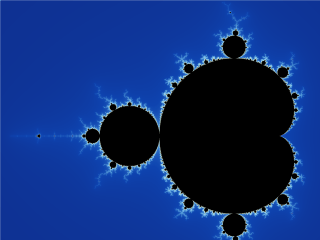We start with a basic assumption: the mechanism that forms planets, galaxies, is the same mechanism forming life, and then it creates conciousness. These are levels of complexity emerging naturally, driven by the same force. But wait, what about intelligence? Nothing, we assume there is no such thing.
This is a blog, and it’s meant to serve as a changelog of ideas. Naturally, most expressed ideas will eventually be proven to be wrong. But that’s how we are progressing: by iterating on our failures, every time getting an inch closer to the solution. And if we give up at some point, at least there is a story to tell, story to pick up later by another party pursuing similar goals.
Each new iteration will be named progressively in greek letters, using the “M-letter” scheme for the ease of reference.
Goal
We want to understand how life got formed, how this process of creation at grand scale works. Once we do, we can create new life, and potentially more civilized and intelligent than us. It’s possible the structure of new life to be a neural network. In this case, horray, the industry is on the right path. It’s also possible to get something entirely different, something we can’t even describe.
We acknowledge that the real world is near-infinitely complex, and can not be reasonably simulated. On the other hand, if there is a force of nature we can distill, which drives creation forward, we expect it to be detectable at smaller scales. Think simple virtual worlds, cell automata, games, etc. Thus, in order to produce the simplified environment, we need to understand how this force works, what factors are important.
Properties
As we are building something that seeks unknowns, we should start by seeking something known, and in a simpler controlled environment. What are the minimal examples we can find that exhibit the properties of (Q)LUE?
- Interesting (or beautiful, which has a close meaning according to the Compressionism). Life isn’t boring: it surprises us in the variety of shapes, colors, and behaviors.
- Stable, with self-similarity exposed in generations. The children look like parents, but not exactly.
- Active. Life mostly moves and depends on metabolism.
Finding examples for these properties is in itself a challenging task. Here is a few. First is the obvious one - Conway’s Game of Life. It has very interesting patterns as well as stable-form objects that move, like gliders:

Another example is less conventional - it’s the Mandelbrot set, where the progress is aligned to zooming into a particular point. As we zoom, we see self-similar structures:

Finally, it makes sense to look at real-world examples of life where it’s self-contained. Like the hydrotermal vents on the ocean floor.